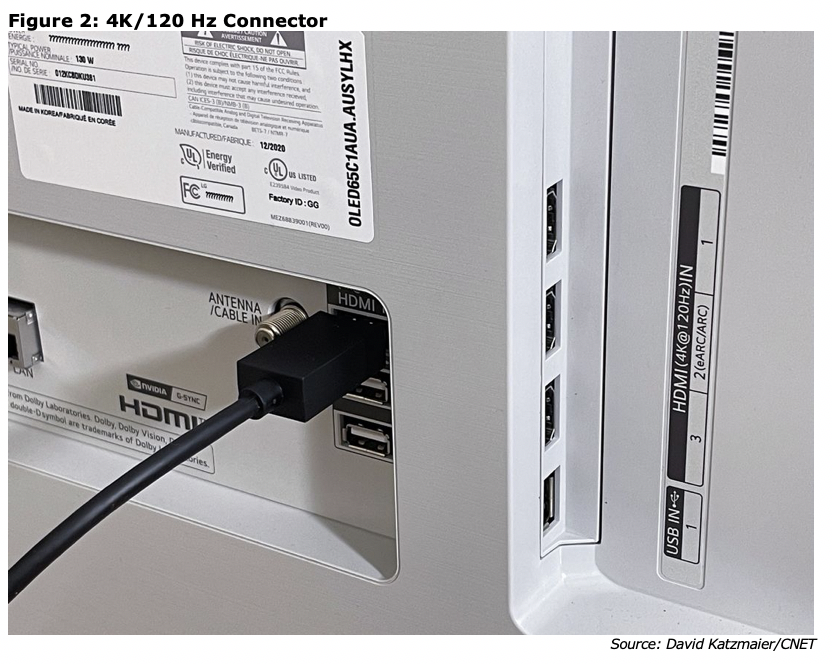Vertical Divider
|
Higher Refresh Rate Claims Like 120, 240 And Higher Are Not Always Accurate
The current group of TVs have a native panel refresh rate no higher than 120Hz, even as brands will try to list higher rates. However, the content frame rates are well defined:
|
|
A native 120Hz refresh television is needed for modern games, some improvement in motion resolution even with a 60Hz TV if it uses some other feature, like backlight scanning or black frame insertion, that improves motion resolution. All LCD and OLED models suffer from "motion blur, where anything in motion, blurs and looks softer than if it was stationary.
The brain notices the motion and makes assumptions as to where that object (or overall image) is going to be in the next fraction of a second. The problem with LCD and OLED TVs is that they hold that image there for the full 60th of a second, so the brain actually smears the motion, thinking it should be moving, when in fact it's just a series of still images.
Some people aren't bothered by motion blur. Some don't even notice it. Some notice it and are bothered by it, and it can be minimized. Doubling the frame rate won’t reduce motion blur. Two main approaches are used.
Some people aren't bothered by motion blur. Some don't even notice it. Some notice it and are bothered by it, and it can be minimized. Doubling the frame rate won’t reduce motion blur. Two main approaches are used.
- Frame interpolation—The TV creates brand-new frames that are hybrids of the frame that came before, and the one that comes after, which can fool the brain to eliminate the image’ blur. However, it can lead to the soap opera effect, which makes movies look like ultra-smooth reality TV shows. There are different levels of processing, where a little might reduce motion blur, and not harm the quality of the image. If it's cranked up the movements become hyper-realistic and distractingly unreal.
- Black frame insertion (BFI) (scanning backlight) for LCD TVs. All or part of the backlight of the TV turns off (goes black) so that the image doesn't "hold" in place, and the brain doesn't interpret blur. Done improperly causes image flicker. The light output of the TV also drops, as it's not outputting any light for a period of time.
These implements are used to create "effective refresh rate" numbers. A TV with a 60Hz refresh and a scanning backlight might claim to have an effective refresh rate of 120. A TV with a more elaborate BFI mode, and frame interpolation, might have a claimed effective refresh rate of "540." There's no transparency in how companies determine their "effective rate" numbers, but there is at least some consistency.
|
Contact Us
|
Barry Young
|


